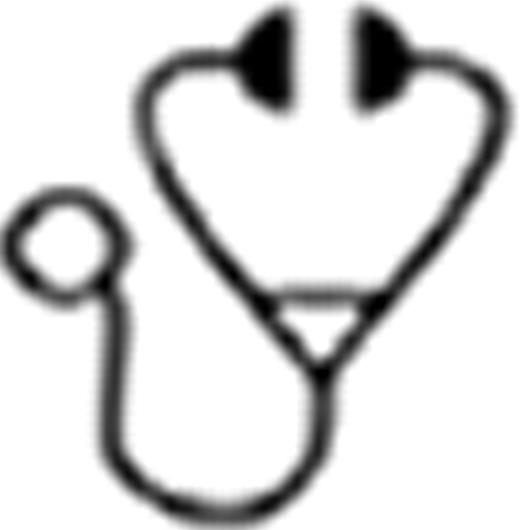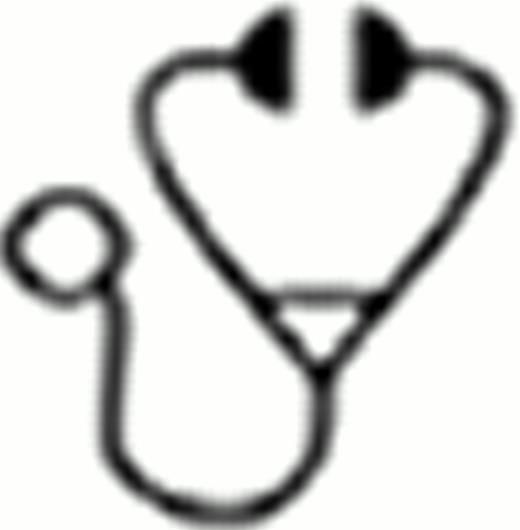Abstract
Although HLA haploidentical hematopoietic stem cell transplantation (HSCT) has been largely employed in children with life-threatening non-malignant disorders, the survival of patients given this type of allograft has been reported to be inferior to that of patients transplanted from a compatible, unrelated volunteer (UV). We have recently developed a novel method of ex vivo T-cell depletion based on the selective elimination of αβ+ T cells through labeling with a biotinylated anti-TCR αβ antibody, followed by incubation with an anti-biotin antibody conjugated to paramagnetic beads (CliniMACS®, Miltenyi Biotec, Germany). We also remove B cells through an anti-CD19 monoclonal antibody, to prevent post-transplant EBV-associated lymphoproliferative disease (PTLD). Here, we report the results on 13 patients given this type of allograft.
Seven patients were males and 6 females, median age at transplantation being 3 yr and 9 mo (range 0.3–28.7). Four patients had severe combined immune deficiency (SCID), three Fanconi anemia (FA), 2 severe aplastic anemia (SAA) and 1 each immune deficiency with polyendocrinopathy, enteropathy, X-linked (IPEX), congenital amegakaryocytic thrombocytopenia (CAMT), hemophagocytic lymphohistiocytosis (HLH) and thalassemia with autoimmune hemolytic anemia. All patients were transplanted from 1 parent (10 from the mother and 3 from the father), the median number of CD34+ cells, αβ CD3+ cells and B cells infused being 17.8×106/kg, 0.64×105/kg and 5.3×106/kg, respectively. Conditioning regimen consisted of treosulfan and fludarabine (FLU) in 7 children (4 SCID, 1 IPEX, 1 HLH and 1 CAMT), FLU and cyclophosphamide in 5 (3 FA and 2 SAA) and busulphan, FLU and thiotepa in 1 child (thalassemia). No patient received pharmacological prophylaxis for graft-versus-host disease (GVHD) after the allograft. All patients were given anti-thymocyte globulin (ATG Fresenius; 3 mg/kg/day) on days -5 through -3 before allografting and, to prevent PTLD, rituximab (200 mg/m2) on day -1.
All patients but 2 engrafted, the median time to reach neutrophil and platelet recovery being 13 days (range 8–19) and 11 days (range 7–40), respectively. The 2 patients (1 each with SAA and thalassemia) who had primary graft failure were successfully re-transplanted, the first one from the same parent and the second one from the other parent. No patient experienced secondary graft failure. Grade I/II skin acute GVHD occurred in 3 patients, while no patient had visceral acute GVHD. Limited skin chronic GVHD occurred in 1 of the 8 patients at risk. Two patients (1 with SAA and 1 with CAMT) died from respiratory failure secondary to cytomegalovirus and adenovirus infection at 60 and 80 days after transplantation. Two more patients had episodes of cytomegalovirus re-activation, which were successfully treated with ganciclovir. No patient had EBV-related PTLD. With a median follow-up of 209 days (range 37–543), 11 out of the 13 (84%) patients are alive and disease-free, the Karnofsky/Lansky score being 100. The median chimerism is 100% (range 85–100). Noteworthy, all patients with primary immune disorders and FA are alive and disease-free. T-cell recovery was initially sustained by gd T cells, while, after 45 days from the allograft, αβ T cells predominated.
The infusion of B-cell and αβ+ T-cell-depleted hematopoietic progenitors from a HLA-haploidentical parent is an effective treatment option for children with life-threatening congenital or acquired non-malignant disorders. The engraftment rate was high and incidence of acute GVHD was low. The transplantation-related mortality of 15% observed in this cohort is comparable to that observed using a HLA-matched UV. If confirmed in a larger cohort of patients and with a longer follow-up, these results suggest that this transplant option be offered to any child lacking a HLA-identical sibling.
No relevant conflicts of interest to declare.

This icon denotes a clinically relevant abstract
Author notes
Asterisk with author names denotes non-ASH members.


This feature is available to Subscribers Only
Sign In or Create an Account Close Modal